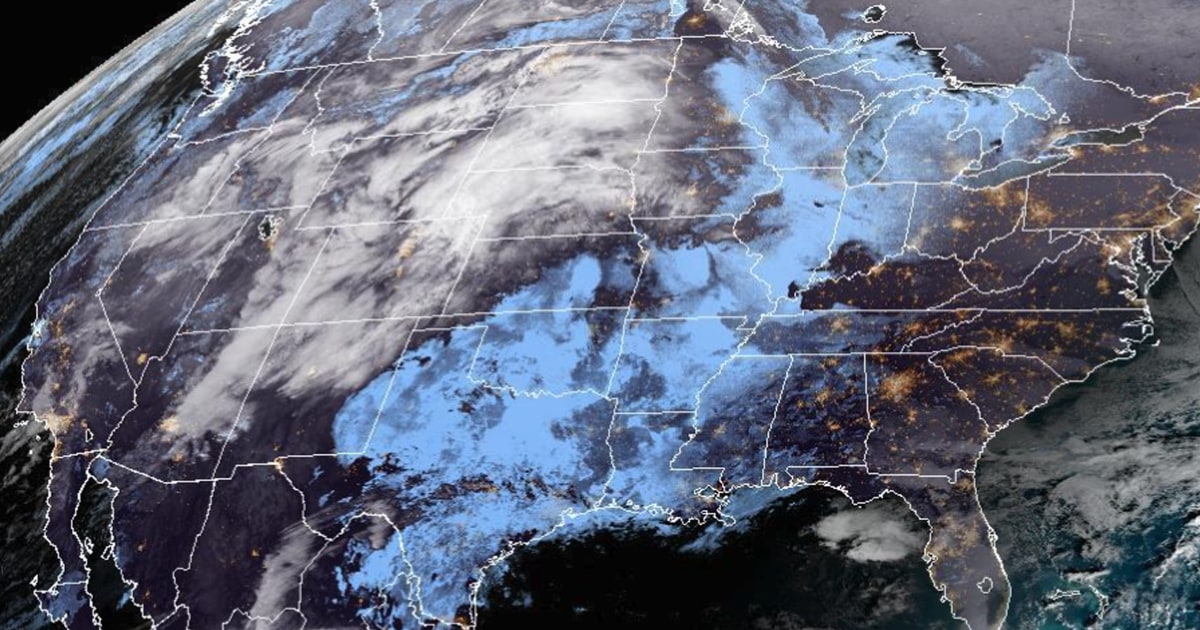
As many as 11 million people from California to Wisconsin are under winter weather advisories Monday due to a massive storm that has already dumped up to 4 feet of snow across the Sierra Nevada.
The storm, expected to bring both snow and severe weather, is making its way into the Rockies and the northern Plains on Monday, where blizzard-like conditions are expected.
“This developing storm system will lead to numerous, widespread, and impactful weather hazards in the heart of the country this week,” the National Weather Service said in its update early Monday.
Up to a foot of snow is expected to hit the Rockies, with winds gusting up to 50 mph. Blizzard warnings have been posted for eastern Wyoming, western Nebraska and northwest Kansas as conditions will start to deteriorate throughout Monday.
Up to 2 feet of snow could fall in parts of southwest South Dakota and northwest Nebraska through Wednesday, and 6 to 12 inches are expected throughout the rest of the region. Ice will also be mixing in along with high wind gusts, making for treacherous travel conditions.
The system is slated to push east Wednesday, where the snow and ice will move into the Great Lakes and rain in the Ohio Valley and finally move to the Northeast by the end of the week.
On the southern side, severe storms are possible for the next three days.
The risk for severe weather Monday is centered around southwest Kansas and the Oklahoma panhandle, where damaging winds up to 60 mph, large hail and a few tornadoes are possible.
By Tuesday, 8 million people from Houston to Mobile, Alabama, and up to Little Rock, Arkansas, are expected to be at risk for tornadoes, large hail and damaging winds. New Orleans, Baton Rouge, Louisiana, and Jackson, Mississippi, could also be at risk.
By Wednesday, the threat will shift east, where residents of New Orleans to the Florida panhandle are at risk for damaging winds, large hail and a few tornadoes.
The storm is what meteorologists call an atmospheric river event, consisting of a column of condensed moisture, typically hundreds of feet wide, that can bring large amounts of rain and snow when it makes landfall, according to the National Oceanic and Atmospheric Administration.
Source: | This article originally belongs to Nbcnews.com










